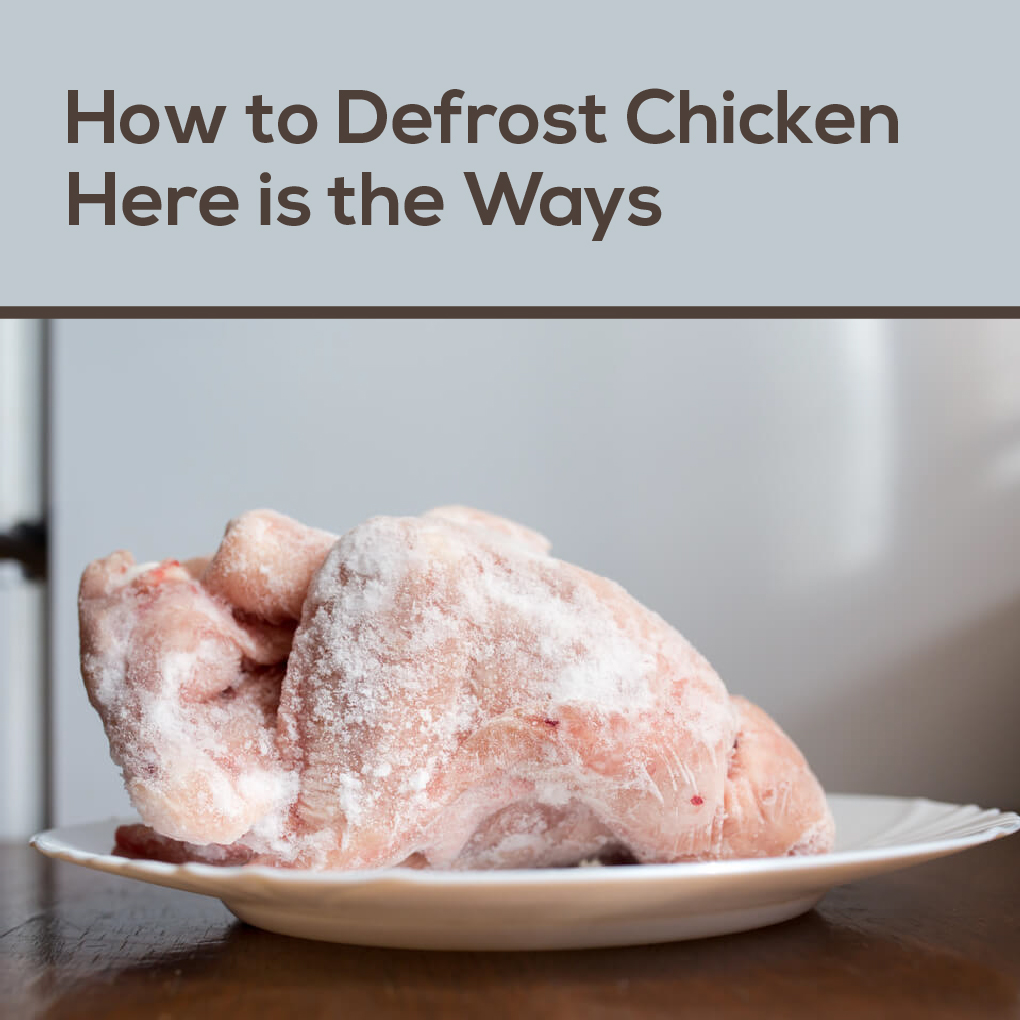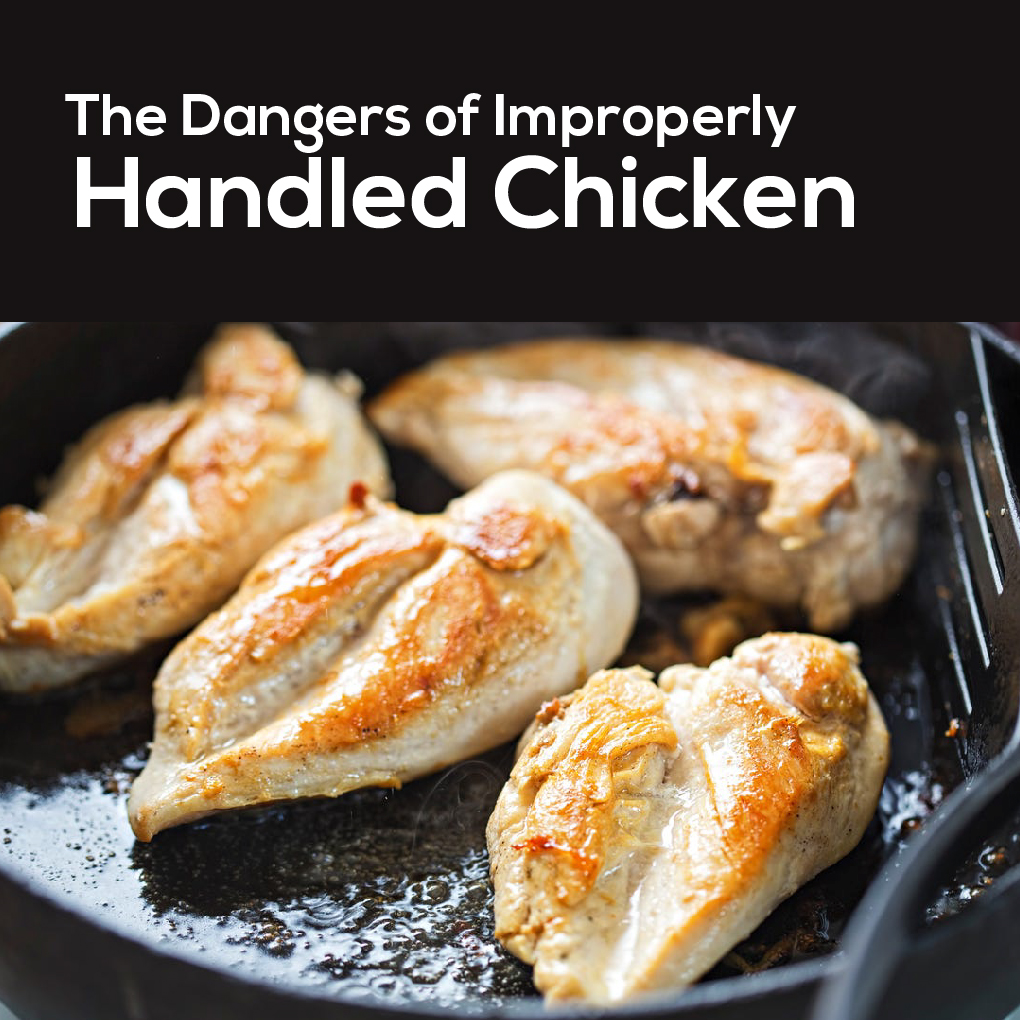![How to Defrost Chicken Safely – [4 Easy Ways]](https://www.thebigpicturemovie.com/wp-content/uploads/2021/01/How-Long-To-Defrost-Chicken.jpg)
How to Defrost Chicken Safely – [4 Easy Ways]
How to Defrost Chicken? First, the chicken should never be thawed or defrosted on the counter at room temperature or in a bowl of hot water. The following methods should allow you to thaw chicken and keep it out of the “danger zone” (40 to 140°F), the temperature zone that enables bacteria to grow.
In general, larger chicken cuts, especially a whole chicken, should be thawed in the refrigerator. If a whole chicken or a more considerable amount of parts are melted in a microwave, the chicken will start to cook outside before it defrosts in the middle. And whole chickens will need a very long time in a bowl of cold water. However, smaller cuts, and particularly boneless cuts, do well with the cold bowl of water or microwave method.

How to Defrost Chicken – Here is the Ways
Thawing in the Fridge
Thawing chicken in the fridge is the best and safest way to defrost it, but it requires about a day of planning, so if you need a faster solution, skip ahead. The day before you intend to cook your chicken, transfer it from the freezer to the fridge to let it thaw slowly, for at least 24 hours. Make sure to put the raw chicken in a rimmed box or bowl, ideally at the bottom of your fridge, to reduce the risk of drips onto your other food as it thaws.
Defrosting your meat like this will ensure it stays fresh in your fridge for an additional 1 to 2 days, but once it’s melted, it cannot be refrozen unless you’re planning to cook it in a liquid-like stock, soup, or stew. Refreezing thawed meat breaks up the protein cell structure and creates unwanted extra moisture, resulting in inferior flavor and texture.
Thaw in Cold Water
If you just have a few hours to thaw your chicken, you can use the cold-water method for same-day defrosting. According to the USDA, you should never thaw meat at a flat temperature or in hot water. As soon as meat reaches 40 degrees F, it begins the food Danger Zone, where bacteria can multiply and make it unsafe to eat — this can happen if it’s been lying at room temperature for over two hours.
Raw meat left out for too long has the potential to cause foodborne illness if it’s not cooked correctly (poultry needs to have an internal cooked temperature of 165 degrees F), and there’s also a venture for cross-contamination with other foods you may set on your kitchen counter.
Follow USDA guidelines and place the frozen chicken in a leak-proof plastic container submerged in a large bowl filled with cold tap water. The chicken should always be sealed well before getting into contact with water; never leave a bowl of raw chicken in water in your sink, as this will contaminate the whole area, and the meat will end up absorbing some of the water.
Change out the water every 30 minutes until your meat is completely thawed — a 1-pound package of meat could take about an hour or less, while a larger box weighing 3 or 4 pounds could take more than two hours. Remember not to refreeze unless you plan to make the meat before sticking back in the freezer.
Defrost in a Microwave
This method is the most immediate way to thaw your chicken, but that doesn’t mean it’s the best. Microwaving food tends to produce hot spots, so your raw meat might be warmed through some parts and still frozen in others, causing it to enter the “Danger Zone” temperature range (40 to 140 degrees F). Make sure to cook it immediately after thawing in the microwave and only to refreeze once it’s been thoroughly cooked.
Just Cook It Frozen
If you’re pressed for time, you can jump the thawing and cook frozen chicken in soups and sauces over the stove; make sure to account for cooking times being about 50 percent longer.
You can also cook frozen chicken in an Immediate Pot or pressure cooker, but wait clear of slow cooking as it will create the perfect environment for bacteria to grow.

The Dangers of Improperly Handled Chicken
Foodborne illness is dangerous, and chicken has the potential to get you quite sick if not handled correctly. According to the U.S. Department of Agriculture (USDA), the strains of bacteria most likely to be seen on raw chicken are:
- Salmonella
- Staphylococcus aureus
- E. coli
- Listeria monocytogenes
These are bacteria that can, at best, get you sick. At worst, they can kill you. Just thawing practices and cooking chicken to an internal temperature of 165ºF (74ºC) will considerably reduce your risks.
Definitely:
- Don’t thaw meat on your kitchen counter. Bacteria thrive at room temperature.
- Don’t rinse chicken under running water. This can splash bacteria around your kitchen, starting to cross-contamination.
FAQs
Q: How long does chicken take to defrost?
A; Depending on which way you use, chicken can take anywhere from 2 days to 30 minutes to thaw. The refrigerator process can take up to 2 days, depending on how many lbs of frozen chicken breast you have. The cold water process takes up to 1 hour per pound.
Q: Is it secure to defrost frozen chicken in the microwave?
A: The USDA states that thawing in the microwave is safe. Still, because it can instantly bring meat into the “danger zone” where bacteria multiply most quickly, meat defrosted that way should be cooked immediately as soon as it’s thawed.
Q: Can you defrost chicken at room temperature?
A: First, the chicken should never be thawed or defrosted on the counter at room temperature or in a bowl of hot water. If a whole chicken or a more considerable amount of parts are thawed in a microwave, the chicken will start to cook outside before it defrosts in the middle.
Q: What happens if you don’t defrost chicken?
A: Frozen chicken should never be thawed on the counter at room temperature or in a container of hot water. 1 Leaving chicken to defrost on the counter or submerging it in hot water can cause bacterial growth and make those who eat it sick.



